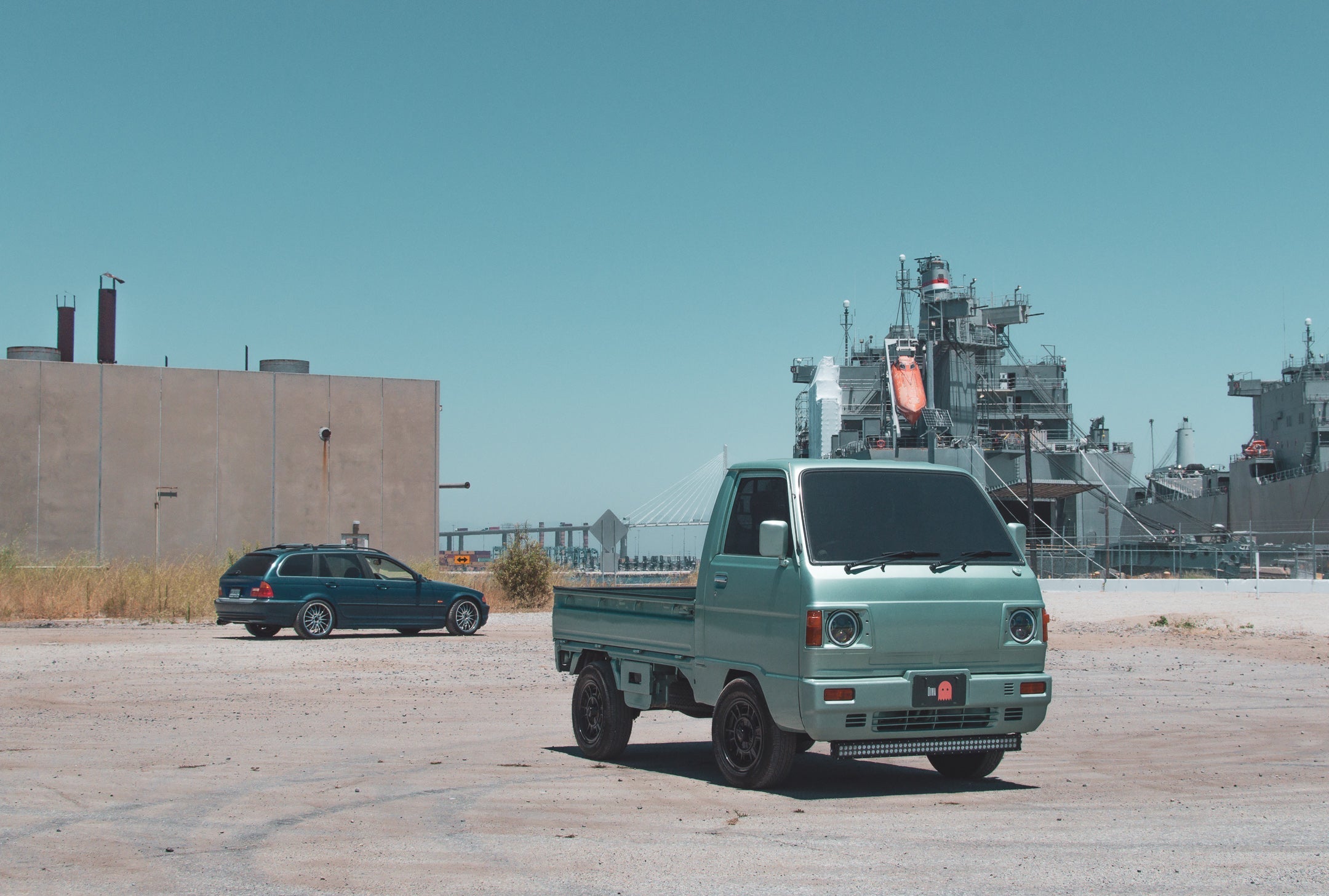The Subaru Sambar – A Resonating Name in Automotive History
The Subaru Sambar – a name that resonates like a well-struck gong in the halls of automotive history. For those less acquainted with this diminutive dynamo, let me paint a picture. Imagine a vehicle so compact yet so full of character that it defies the very physics of space. It’s the sort of machine that, when you see it for the first time, you can't help but smile. But beyond its adorable facade lies a history as deep and storied as any of its more illustrious automotive siblings.
A Family Tradition of Japanese Automobiles
Growing up in a family where cars were not just a mode of transportation but a way of life, I was fast-tracked into the world of Japanese automobiles. My father, a veteran engineer at the sprawling plants of Toyota and Nissan, often regaled me with tales of the industry's evolution. Yet, it was the stories of Subaru's little Sambar that always captured my imagination. Here was a vehicle that seemed to embody the very ethos of Japanese innovation and practicality, a microcosm of the post-war economic miracle in four wheels.
The Sambar's Journey Begins
The Sambar's journey began in 1961, emerging from the bustling, oil-scented workshops of Subaru as a kei truck, a uniquely Japanese category of small vehicles designed to navigate the narrow urban streets and tight rural paths of Japan. It was a response to a growing demand for practical, efficient vehicles that could handle light commercial duties without the bulk of larger trucks. My father would often say that the Sambar was Japan's answer to the question of how to do more with less.
Engineering Marvel Under Its Compact Exterior
Underneath its compact exterior, the Sambar was a marvel of engineering. It was among the first kei trucks to feature a rear-engine, rear-wheel-drive layout, a design that provided superior handling and a remarkably smooth ride for its class. This was no mean feat considering the stringent dimensions and engine displacement restrictions of the kei class. Subaru's engineers, driven by a relentless pursuit of excellence, packed innovation after innovation into the Sambar, notably introducing a four-wheel-drive version in 1980 that further cemented its reputation for versatility.
A Cultural Icon Beyond Functionality
But the Sambar was not merely an exercise in functionality. It was, and still is, a cultural icon. In a landscape dominated by towering SUVs and sprawling sedans, the Sambar's diminutive presence is a reminder of a different automotive philosophy – one that values efficiency, economy, and a touch of whimsy. It has become a beloved staple in rural communities across Japan, where its ability to navigate narrow lanes and deliver goods to hard-to-reach places is unmatched.
Parallel Evolution with Japan's Post-War Recovery
As I delve deeper into the annals of the Sambar's history, I can't help but draw parallels between its evolution and the broader narrative of Japan's own post-war recovery. Just as the nation rose from the ashes to become a global economic powerhouse, so too did the Sambar rise from a niche product to a cult classic. Its continuous production run, spanning over six decades, is a testament to its enduring appeal and the foresight of its creators.
Evolving with Modern Demands
Today, the Sambar continues to evolve, adapting to the ever-changing demands of the modern world. It's a darling of the import scene, cherished by enthusiasts for its unique blend of utility and charm. Much like a well-aged whiskey, its appeal only deepens with time, each model year adding a new layer to its rich tapestry of history.
The Legacy of the Subaru Sambar
Reflecting on the Sambar's legacy, I'm reminded of my father's words – "In every great machine, there's a story waiting to be told." The Subaru Sambar is no exception. It is a story of innovation, resilience, and the unyielding spirit of a nation and its people. It is a testament to the idea that sometimes, the smallest things leave the biggest impact.



